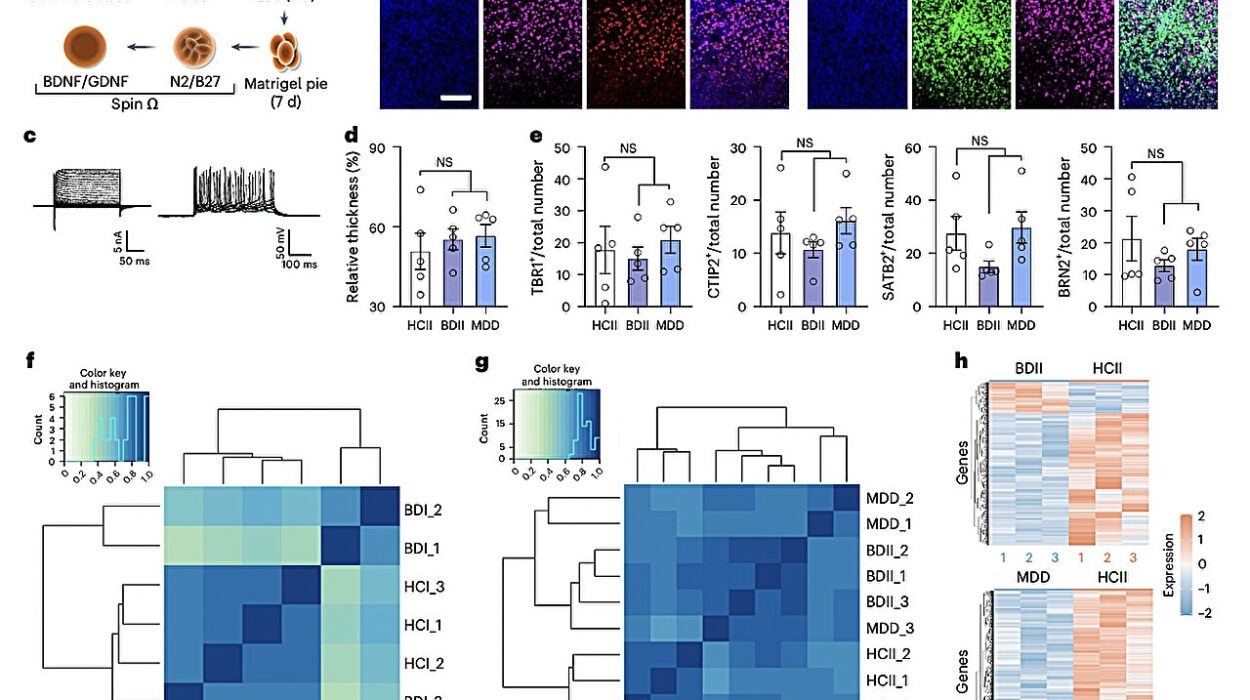There is a quiet, unseen presence in our world that most people will encounter in their lifetime without even knowing it. It doesn’t have the notoriety of the flu or the alarm bells of COVID-19, yet it is far more common. This presence is the human papillomavirus, or HPV. Unlike an illness that sweeps in and leaves with a fever and a cough, HPV is a stealthy visitor. It can live quietly in the body, sometimes causing no harm, sometimes leaving traces, and in certain cases, sowing the seeds for far more serious conditions.
HPV is not a single virus but rather a family of more than 200 related viruses, each with its own personality and potential impact. Some types affect the skin, causing common warts. Others target the mucous membranes of the genital area, throat, and mouth. Most are harmless and resolve naturally, but a few carry a much heavier burden — the risk of cancer.
The paradox of HPV is that it is both incredibly common and deeply misunderstood. Almost everyone who is sexually active will come into contact with it at some point, yet the stigma, myths, and silence surrounding it make it seem like a rare or shameful event. In truth, HPV is part of the shared human experience, and knowledge about it is one of the most powerful tools we have for protecting our health.
A Virus Woven Into Human History
HPV has been with us for as long as humans have existed. The first written descriptions of warts — one of the virus’s telltale effects — date back to ancient Greek and Roman times. Physicians of the past puzzled over how these skin growths appeared, passing theories from the mystical to the observational. It was only in the late 20th century that scientists began to identify HPV as the culprit and to understand its more insidious connections to cancer.
The virus’s evolutionary success lies in its ability to spread easily, adapt to its host, and often cause no symptoms at all. This means it can pass from person to person unnoticed, remaining part of the human biological landscape for millennia. In many ways, HPV has adapted to us just as we have adapted to it.
How HPV Spreads
HPV’s primary route of transmission is intimate skin-to-skin contact. This is why it is most commonly associated with sexual activity, though not exclusively. Genital HPV spreads through vaginal, anal, and oral sex, but it doesn’t require penetration to move from one person to another. Even close skin contact in the genital area can be enough for transmission.
Because HPV is so easily passed, having it is not a reflection of promiscuity or personal failure — it is a simple matter of exposure. One encounter with the virus is enough. This fact is one of the reasons why HPV prevention strategies, including vaccination, are recommended broadly rather than targeted only to those perceived as “at risk.”
What makes HPV challenging from a public health perspective is its silent nature. Most people never know they have it. The immune system often clears the infection within a year or two, but during that time, the virus can be passed along unknowingly.
The Body’s Silent Battles
When HPV enters the body, it infects epithelial cells — the thin layers of cells that line surfaces and cavities. In the case of genital HPV, this means the skin and mucous membranes of the genital area, anus, and sometimes the mouth and throat.
The immune system typically responds swiftly, attacking and controlling the virus before it can cause harm. In about 90% of cases, HPV infections resolve naturally without any medical intervention. But in the remaining percentage, the virus persists. When it does, certain “high-risk” strains can alter the DNA of infected cells, a process that can eventually lead to precancerous changes.
The persistence of high-risk HPV types is what makes them dangerous. Over years — sometimes decades — they can cause cells to grow abnormally. If left unchecked, these changes can develop into cancers of the cervix, anus, penis, vulva, vagina, and even the back of the throat.
The Many Faces of HPV
Not all HPV infections are created equal. Some types cause visible warts — small, flesh-colored growths that may appear on the genitals, anus, hands, or feet. These are considered “low-risk” HPV types because they are not linked to cancer. While warts can be uncomfortable or distressing, they are treatable and do not threaten life.
The “high-risk” HPV types, most notably HPV-16 and HPV-18, are the ones that carry the potential for malignancy. These strains are responsible for the vast majority of HPV-related cancers. Understanding which type is present is key to determining what kind of monitoring or treatment is needed.
HPV and Cancer: The Unseen Link
Perhaps the most significant medical breakthrough regarding HPV came in the 1980s and 1990s, when researchers confirmed the virus’s role in cervical cancer. This discovery was nothing short of revolutionary, revealing that a common infection could be the primary cause of a deadly disease.
Today, we know that virtually all cases of cervical cancer are linked to HPV. This knowledge has transformed prevention, leading to regular screening programs (like the Pap smear and HPV testing) that detect abnormal cells long before cancer develops. Early detection allows for treatment that can stop cancer in its tracks.
But cervical cancer is only part of the story. High-risk HPV is also linked to cancers of the anus, penis, vulva, vagina, and oropharynx (the middle part of the throat, including the base of the tongue and tonsils). These cancers can occur in all genders, making HPV a universal health issue rather than one limited to women.
Living With the Diagnosis
For many people, the words “You have HPV” can bring fear, confusion, or even shame. This emotional impact is often fueled by misinformation. The truth is that HPV is so common that testing positive should not be seen as a personal failing. It is a reflection of how widespread the virus is, not a statement about character or behavior.
Living with HPV may mean regular monitoring, such as Pap tests or colposcopies, to ensure that any cell changes are detected early. For those who develop warts, treatment options include topical medications, cryotherapy (freezing), or surgical removal. In most cases, the body eventually suppresses the virus to levels undetectable by tests, even if traces remain.
The emotional journey is just as important as the medical one. Support from healthcare providers, partners, and friends can make a tremendous difference in navigating the uncertainty that sometimes comes with HPV.
Prevention: A Story of Modern Medicine’s Triumph
Perhaps the most hopeful chapter in the HPV story is the development of vaccines. Introduced in the mid-2000s, the HPV vaccine targets the most common high-risk types as well as those causing genital warts. Administered before a person becomes sexually active, it offers powerful protection against future infection.
Public health campaigns now recommend vaccination for preteens, with catch-up options for young adults. The vaccine has already led to dramatic declines in HPV infections and related conditions in countries with high vaccination rates. It is one of the few vaccines in history that prevents cancer — a fact that makes it a triumph of modern medicine.
But prevention is not limited to vaccination. Safe sexual practices, regular screening, and open conversations about sexual health all play a role. The more we talk about HPV without stigma, the more empowered people will be to take protective steps.
Breaking the Silence
HPV thrives in silence. Its invisibility in most cases, combined with the discomfort many feel discussing sexual health, creates an environment where myths and misinformation flourish. Breaking this silence is essential.
Open dialogue can dismantle the shame that often accompanies an HPV diagnosis. It can encourage vaccination and regular screening. It can help people understand that HPV is not a rare misfortune but a common part of human biology — one that we now have the tools to manage and prevent.
The Global Challenge
While HPV prevention and treatment have advanced in many countries, the virus still poses a significant global health challenge. In low- and middle-income nations, lack of access to vaccines and screening leads to disproportionately high rates of cervical cancer. The World Health Organization has called for a global strategy to eliminate cervical cancer as a public health problem, with HPV vaccination as a cornerstone.
Achieving this goal requires international cooperation, equitable access to healthcare, and sustained public education. The fight against HPV is not just a medical issue — it is a matter of health justice.
Looking Ahead
Science continues to explore new ways to detect, treat, and prevent HPV. Advances in molecular testing offer more precise identification of high-risk infections. Research into therapeutic vaccines aims to help the immune system clear existing infections, not just prevent new ones.
The future could hold a world where HPV-related cancers are virtually eliminated, where warts are rare inconveniences rather than sources of distress, and where every person understands that this virus, while common, is entirely manageable with the right tools and knowledge.
A Virus We Can Defeat
HPV’s story is one of complexity — a common infection with a rare but dangerous side. It is a story of scientific discovery, from ancient wart descriptions to the modern era of vaccines that save lives. It is also a story of stigma and silence, and of the ongoing effort to replace fear with understanding.
For each person, knowing the facts about HPV is a form of empowerment. It means recognizing the virus not as a mark of shame, but as a shared human reality — one we have the power to prevent from causing harm. And in that recognition lies the possibility of a future where HPV no longer hides in the shadows, but is confronted openly, knowledgeably, and with hope.






